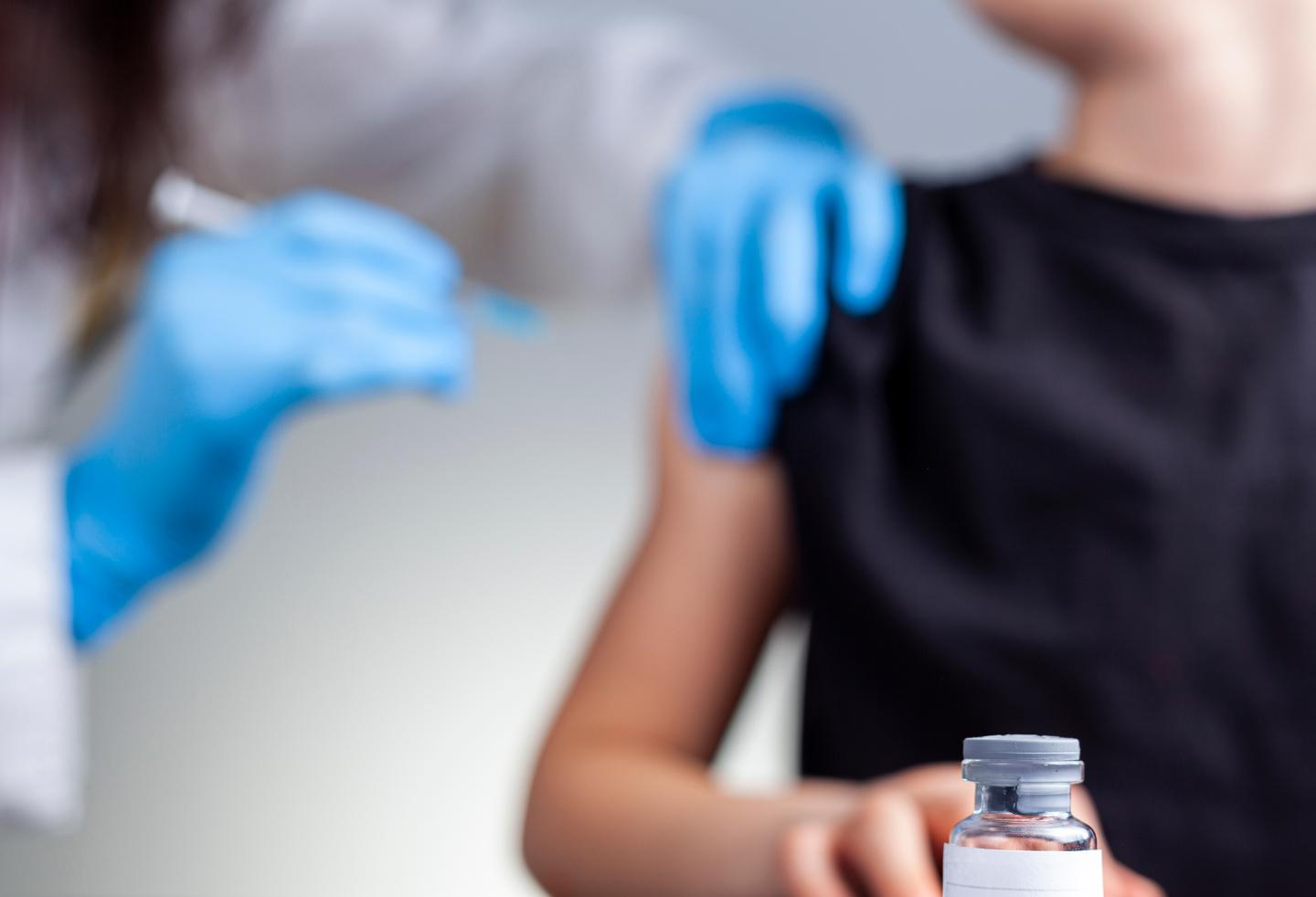Syringes are vital tools in the medical field, used for various purposes such as administering medication, drawing blood, and delivering vaccines. Whether you’re a healthcare professional, caregiver, or an individual managing a medical condition at home, it’s crucial to have a comprehensive understanding of syringe safety, proper usage techniques, and responsible disposal practices. In this blog, we’ll provide you with essential information to ensure safe and effective syringe use.
Importance of Syringe Safety:
When it comes to syringe use, safety should always be a top priority. This section will discuss the significance of adhering to proper safety protocols, including:
- Needlestick Injury Prevention: One of the primary concerns in syringe use is the risk of needlestick injuries. These injuries can lead to the transmission of bloodborne pathogens, including HIV, hepatitis B, and hepatitis C. By implementing safety-engineered syringes, which include features such as retractable needles or needle shields, the risk of accidental needlestick injuries can be significantly reduced.
- Infection Control Measures: Maintaining a sterile environment during syringe use is crucial to prevent infections. Proper hand hygiene, using sterile gloves, and following aseptic techniques are essential steps in reducing the risk of contamination. Sterile syringes, along with disinfection of injection sites, help minimize the chances of introducing bacteria or other pathogens into the patient’s body.
- Safe Handling and Disposal: Proper handling and disposal of syringes are essential to prevent accidental injuries and the spread of infections. Sharps injuries can occur when syringes are not disposed of in puncture-resistant containers, leading to potential harm to healthcare workers, waste handlers, and the community. By using designated sharps containers and following local regulations for medical waste disposal, the risk of needlestick injuries and environmental contamination can be mitigated.
- Patient Safety and Trust: Syringe safety practices contribute to patient safety and instill trust in healthcare providers. By demonstrating a commitment to safety, healthcare providers can foster a trusting and positive patient-provider relationship.
- Legal and Regulatory Compliance: Adhering to syringe safety guidelines ensures compliance with legal and regulatory requirements. Many jurisdictions have specific regulations regarding the safe use and disposal of syringes to protect public health and the environment. Compliance with these regulations not only avoids potential legal consequences but also demonstrates a commitment to responsible healthcare practices.
Mastering Syringe Usage Techniques:
Using a syringe correctly ensures accurate medication dosage and reduces the likelihood of complications. This section will cover:
- Syringe Types and Components: Understanding the different types of syringes and their components is fundamental. Syringes consist of a barrel, plunger, and needle. Different syringe types are available, including insulin syringes, tuberculin syringes, and standard syringes with varying capacities. Knowing which syringe to use for specific procedures ensures precise dosing and optimal outcomes.
- Syringe Preparation: Proper syringe preparation is vital for accurate medication delivery. Priming the syringe by expelling any air bubbles ensures an accurate measurement of the medication. Careful measurement is essential, especially when dealing with small volumes or medications with specific dosage requirements.
- Injection Techniques: Administering injections correctly promotes patient comfort and safety. Understanding the appropriate needle insertion angle, depth, and injection site based on the intended route (e.g., intramuscular, subcutaneous, or intradermal) is crucial. Following sterile techniques and maintaining a clean environment during the procedure helps minimize the risk of infection.
- Needle Disposal: Disposing of needles safely is a critical aspect of syringe usage. Used needles should never be re-capped or disposed of in regular waste bins. Sharps containers, designed specifically for needle disposal, are puncture-resistant and should be used to minimize the risk of needlestick injuries. Local regulations and community programs may provide specific guidelines for proper needle disposal.
- Expert Guidance: It’s essential to seek expert guidance when learning syringe usage techniques. Healthcare professionals can provide hands-on training, explain best practices, and address any concerns or questions you may have. They can also offer guidance specific to your medical condition or treatment plan.
Responsible Disposal of Syringes:
Proper disposal of used syringes is of utmost importance to protect public health and the environment. Irresponsible disposal poses significant risks, including accidental needlestick injuries, the spread of infectious diseases, and environmental contamination. To ensure the safe and responsible disposal of syringes, it is crucial to follow established guidelines and best practices.
- Sharps Container Guidelines: Used syringes, along with other sharps, should never be disposed of in regular trash or recycling bins. Instead, they should be placed in puncture-resistant containers specifically designed for sharps disposal. These containers are often made of rigid plastic and have secure lids to prevent accidental needlestick injuries. It is essential to use containers that meet the necessary safety standards and are approved for sharps disposal.
- Local Regulations and Guidelines: Disposal regulations may vary depending on the region or locality. It is important to familiarize yourself with local regulations regarding medical waste disposal, including syringes. These regulations may specify requirements for labeling, packaging, and proper disposal methods. Local health departments or waste management authorities can provide information on specific guidelines and resources available in your area.
- Community Disposal Programs: Many communities offer specialized programs or facilities for safe disposal of used syringes. These programs aim to provide convenient and secure options for individuals to discard their syringes responsibly. Such programs may include designated drop-off locations, sharps collection centers, or mail-back services. Participating in these community-based disposal programs ensures that your used syringes are managed and disposed of properly.
By following syringe safety protocols, mastering usage techniques, and responsibly disposing of used syringes, you can ensure the well-being of yourself and those around you. Always consult healthcare professionals for guidance specific to your situation. Remember, safe and informed syringe use plays a crucial role in maintaining optimal health outcomes and preventing unnecessary risks.

